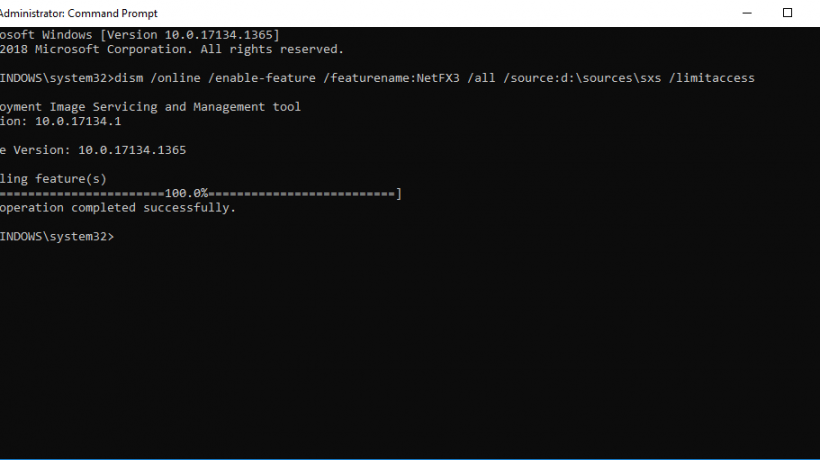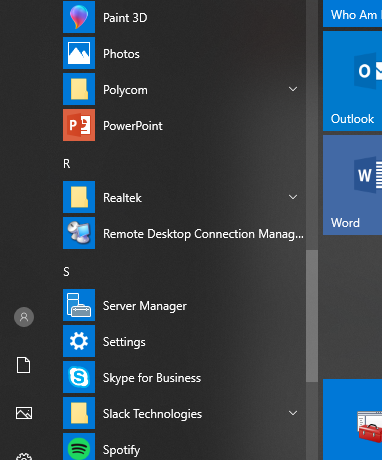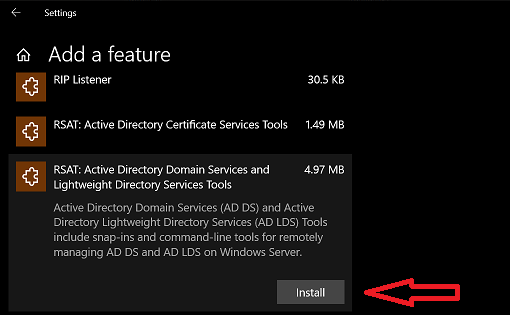The huge Facebook announcement coming today that got everyone speculating on what it could be is that Microsoft and Facebook have started integrating Office viewers within Facebook. Pretty nice for some things, but Facebook isn’t the place where I think “Hey, I should share this document with the world” or “This Excel spreadsheet would work better if I displayed it on Facebook, rather than somewhere else”. Facebook has it’s merits for sharing information, but so far I’ve found that barely does that. It shares URL’s to other sites, sometimes notes. If Facebook were to implement a collaboration tool set, allowing the user to share these documents with a select group, keeping them private (NEVER going to happen with Facebook!), and using Facebook as something productive, then they’d have something to share. Otherwise, I’m not too interested.
It goes without saying that social networks are definitely becoming an indispensable part of people’s lives. People don’t just use social networks to connect with their personal and professional contacts, but also to discover new things and great ideas shared by people across their life. What if there were more convenient ways to capture and share my ideas beyond witty status updates and humorous photos? What if I could share a poem a friend wrote that inspired me? Or a presentation that persuaded me? Or a spreadsheet that organized a bunch of random data so it finally made sense to me? We have partnered with Facebook to make sharing ideas and documents — serious or entertaining — a very easy and smooth experience.



